1. CARRY A FIRST-AID KIT
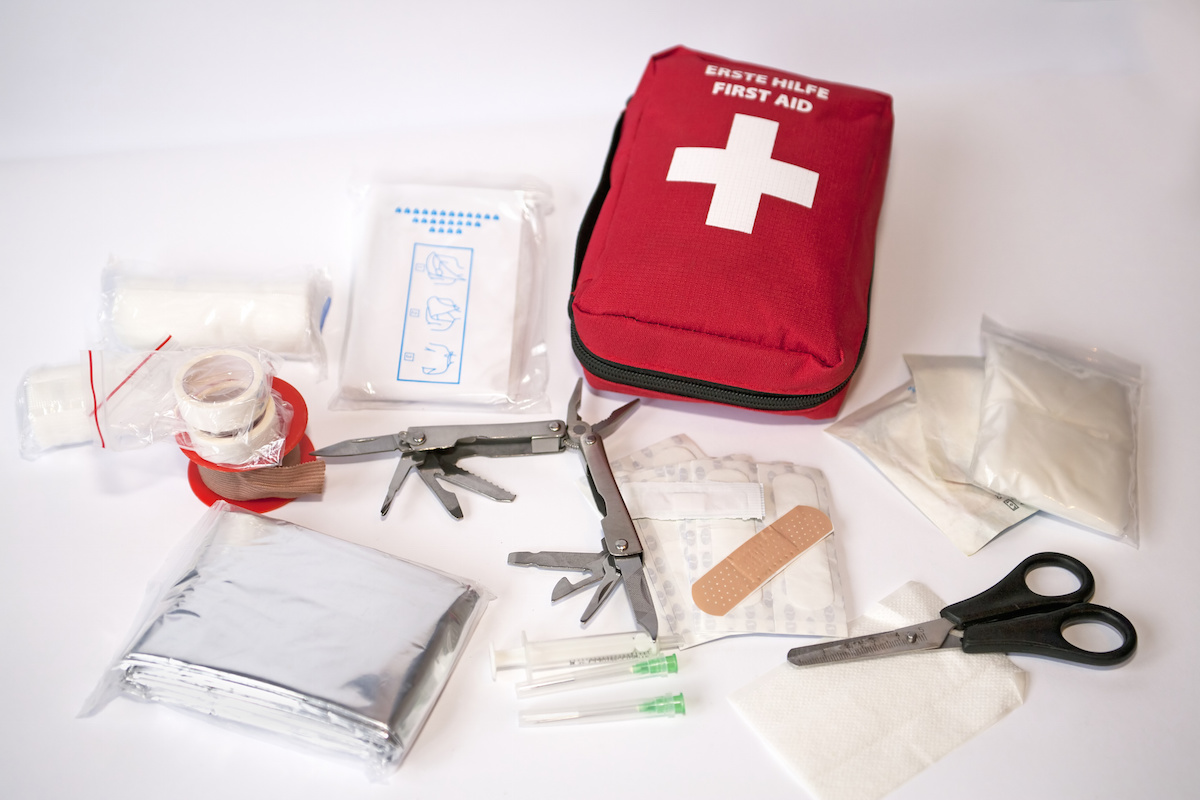
All travellers, regardless of your level of experience or where you’re travelling, should carry at least one basic first-aid kit at all times. Keep the first-aid kit somewhere where it is easy to access, and remember to replace supplies as you use them.
A very basic first-aid kit should include: dressings, crepe and elastic bandages, triangular bandages, tape, scissors, splinter probes, wound cleaning swabs, gauze, saline, non-stick dressings, gloves, tweezers, and personal medication (such as asthma puffer, paracetomol, ibuprofen, etc.)
2. HAVE A COMMUNICATION METHOD AND A BACK-UP COMMUNICATION METHOD
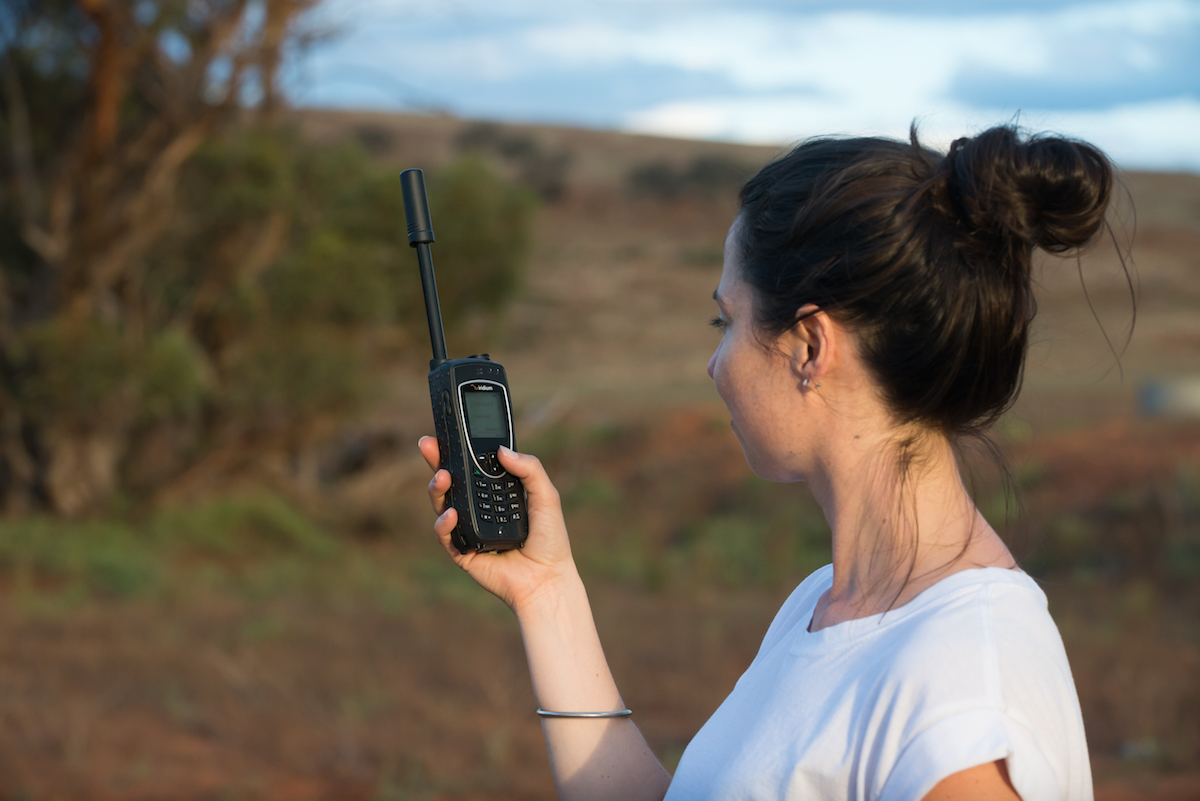
Basic first-aid may buy you time but you need to be able to get help on the way as soon as possible. Consider carrying at least two of the following, if not more: satellite phone, mobile phone, personal locator beacon (PLB), GPS tracking device, or radio.
3. ALWAYS KNOW WHERE YOU ARE

It’s no good being able to call for help if you can’t tell your rescuers where you are. Always be aware of your GPS location and coordinates, and be able to locate yourself on a paper map as well.
4. BASIC LIFE SUPPORT FLOWCHART
The nationally-recognised Basic Life Support Flowchart is the cornerstone of basic first-aid and should always be your go-to method. The flowchart is DRSABCD
D – Danger. Check for danger to yourself, the patient and any bystanders.
R – Response. Check for a response from the patient – both verbally and physically.
S – Send for help or ask someone to do it for you.
A – Airway. Check the patient’s airway and clear if required.
B – Breathing. Check if the patient is breathing normally.
C – CPR. If the patient is not breathing normally, commence CPR.
D – Defibrillation. If you have access to a defibrillator, use it.
5. SOFT TISSUE INJURIES

A soft tissue injury refers to the injury of a muscle, tendon or ligament, including injuries such as rolled ankles and sprained wrists, which are very common when travelling.
To treat a soft tissue injury, you should follow the RICER method:
R – Rest. Rest the limb as much as possible.
I – Ice. Ice the injury for no longer than 20 minutes at a time.
C – Compression. Use a compression bandage to help swelling and inflammation.
E – Elevation. Elevate the limb.
R – Referral. Seek further medical help if required.
6. SNAKE BITE
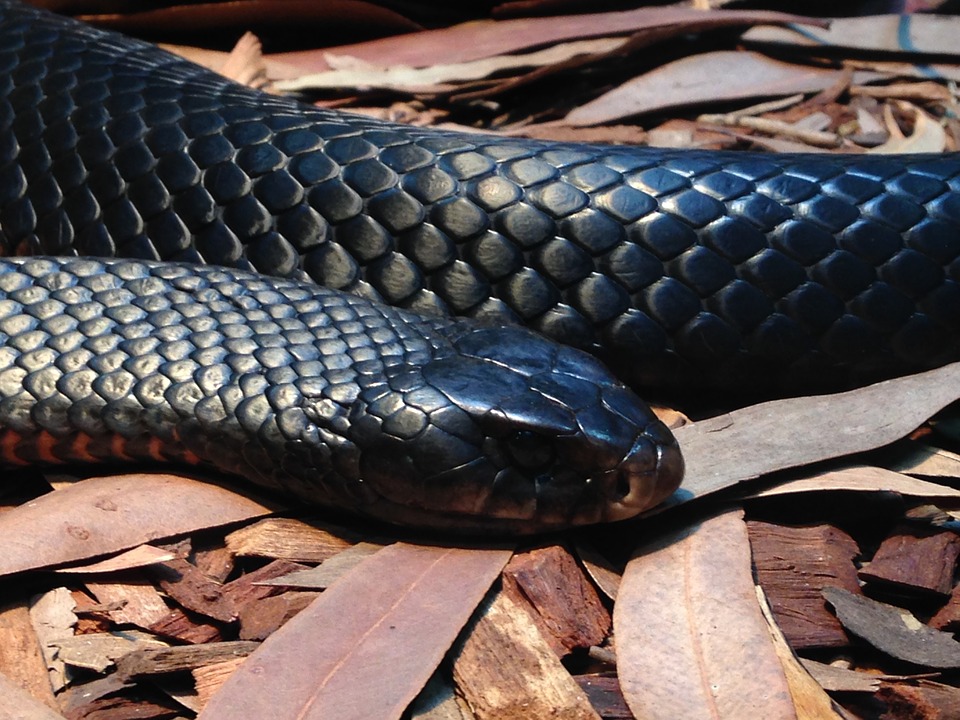
Unfortunately, snake bites are a reality in Australia and it’s vital to know how to treat one if you or a member of your travelling party is bitten. The most important thing is to keep the patient calm and avoid moving them if possible. Follow the DRSABCD method (see above), apply the Pressure Immobilisation Technique (PIT) and seek urgent help.
The object of the PIT is to contain the venom and stop it spreading through the lymphatic system to vital organs. Use an elastic bandage (preferred) or any fabric such as a shirt or towel to wrap as much of the limb as possible. Starting at the bite site, wind the bandage around in overlapping turns up the limb. Using a second bandage, start at the end of the limb and work your way all until you have reached the end of the limb (groin or armpit). The bandage should be about as tight as if you were wrapping a sprained ankle – it should NOT cut off blood flow.
Then immobilise the limb, preferably using a splint or sling. Mark the bit site on the outside of the bandage. Do NOT apply a tourniquet to the limb.
7. LACERATION
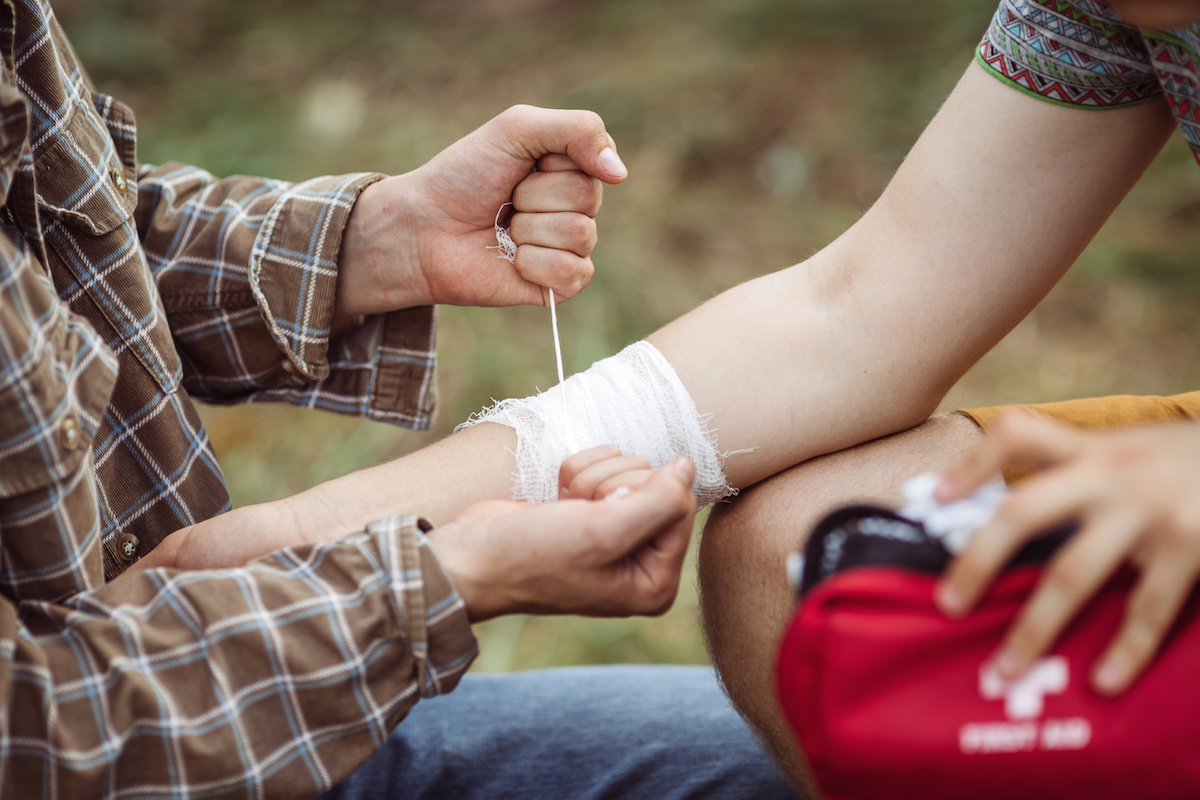
In the case of a laceration or cut, apply pressure to the wound, cover with a non-stick dressing, bandage and elevate the limb. If bleeding is heavy, or does not clot, apply a second bandage over the top of the first and seek further medical help.
8. BURNS

In the case of a burn, it is best practice to hold the burn under cold running water for 20 minutes. However, you may not have the luxury of having plenty of cold running water available to you. If not, try a water recycling technique and reuse the water during the procedure – ie, pour water from a drink bottle over the burn and catch the water in an empty drink bottle, then pour the same water over again, and continue.
Other options are to use a wet towel, a wet compress, or simply put the burn in a bowl of cold water. These methods are effective even up to 30 minutes after the burn has occurred. Do NOT use ice or frozen goods (peas, etc) on the burn, as it may lead to blood vessel constriction. Cover with a non-stick dressing.
9. INSECT BITES

Biting insects are a fact of life in Australia, luckily, dealing with them is is a fairly simple process. If the insect has left a barb behind (ie, a bee sting), remove the barb by scraping it with a fingernail or credit card – don’t squeeze it. Then apply ice to the bite site, and monitor the patient for an allergic reaction.
10. STROKE
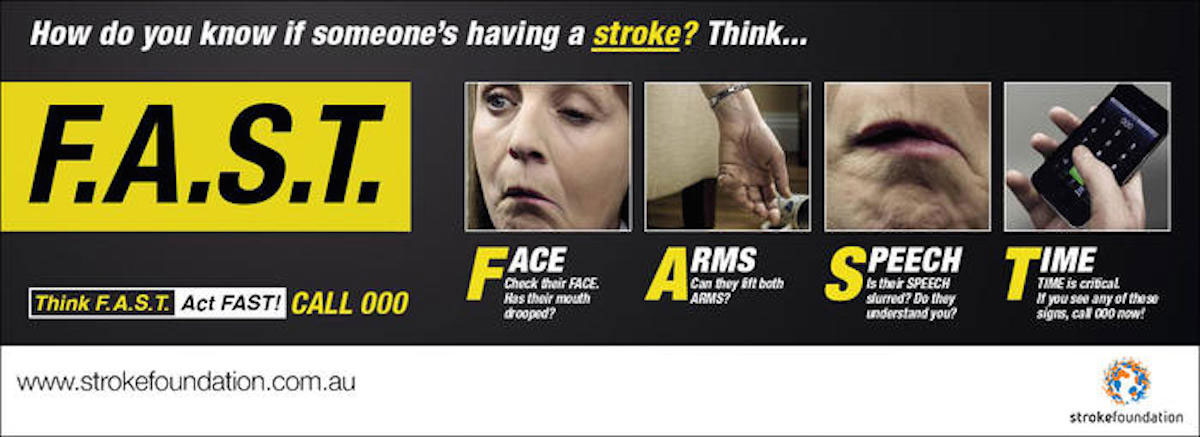
There are two phases to dealing with a stroke victim – recognition and management.
To recognise a stroke, use the FAST method:
F – Facial weakness
A – Arm weakness
S – Speech difficulty
T – Time to act
To manage a patient who has suffered a stroke, sit them in a half-seated position, ie., leaning against a wall, loosen any tight clothing and immediately call an ambulance.
MEET THE AUTHOR
Laura Gray
An RV journalist working across Australia’s premier caravanning and camping magazines for the past five years, Laura is also a judge at the annual Best Aussie Vans awards. She has been camping in the great outdoors since the of two, when she was packed, by day, into a Toyota LiteAce van and, by night, into a brown canvas tent with her parents and two siblings for an extended trip around the vast playground that is northern Western Australia.
Laura has been a qualified and practising surf lifesaver and Bronze Medallion holder for the past 17 years, and also holds further first-aid qualifications in Provide First Aid and CPR.





